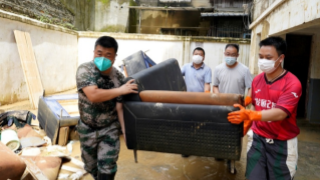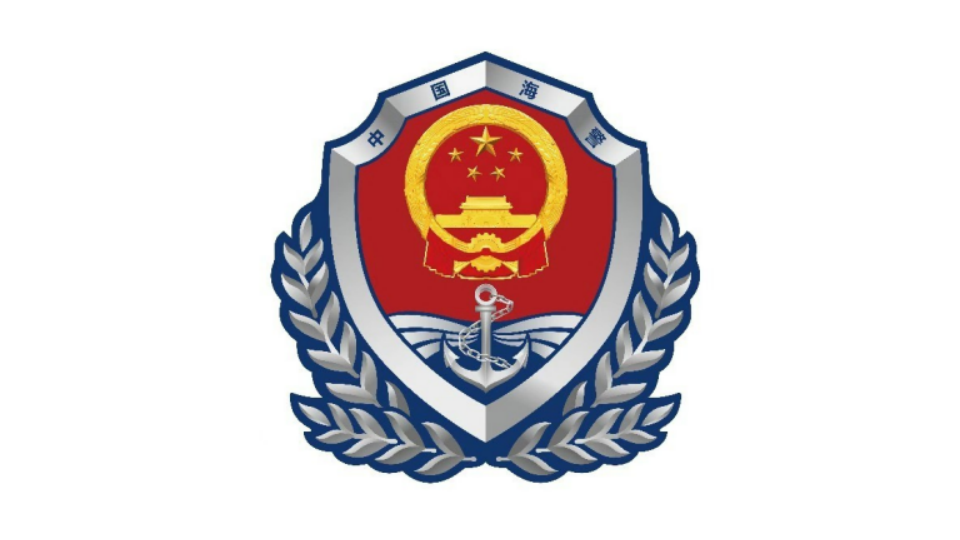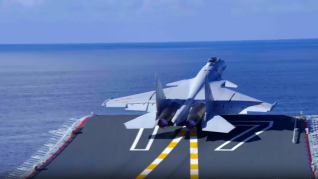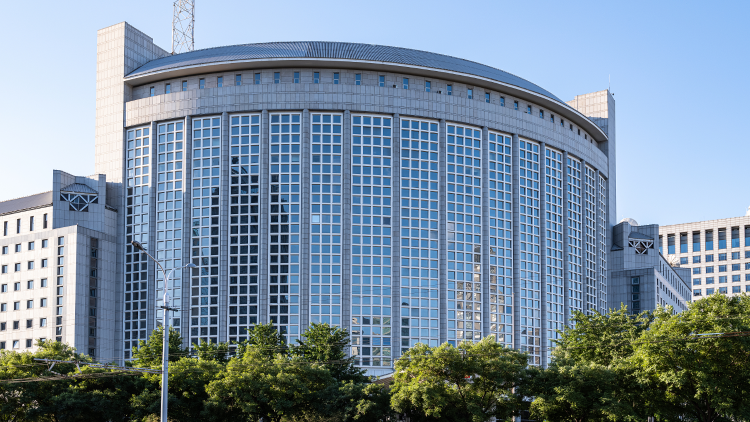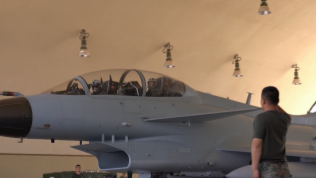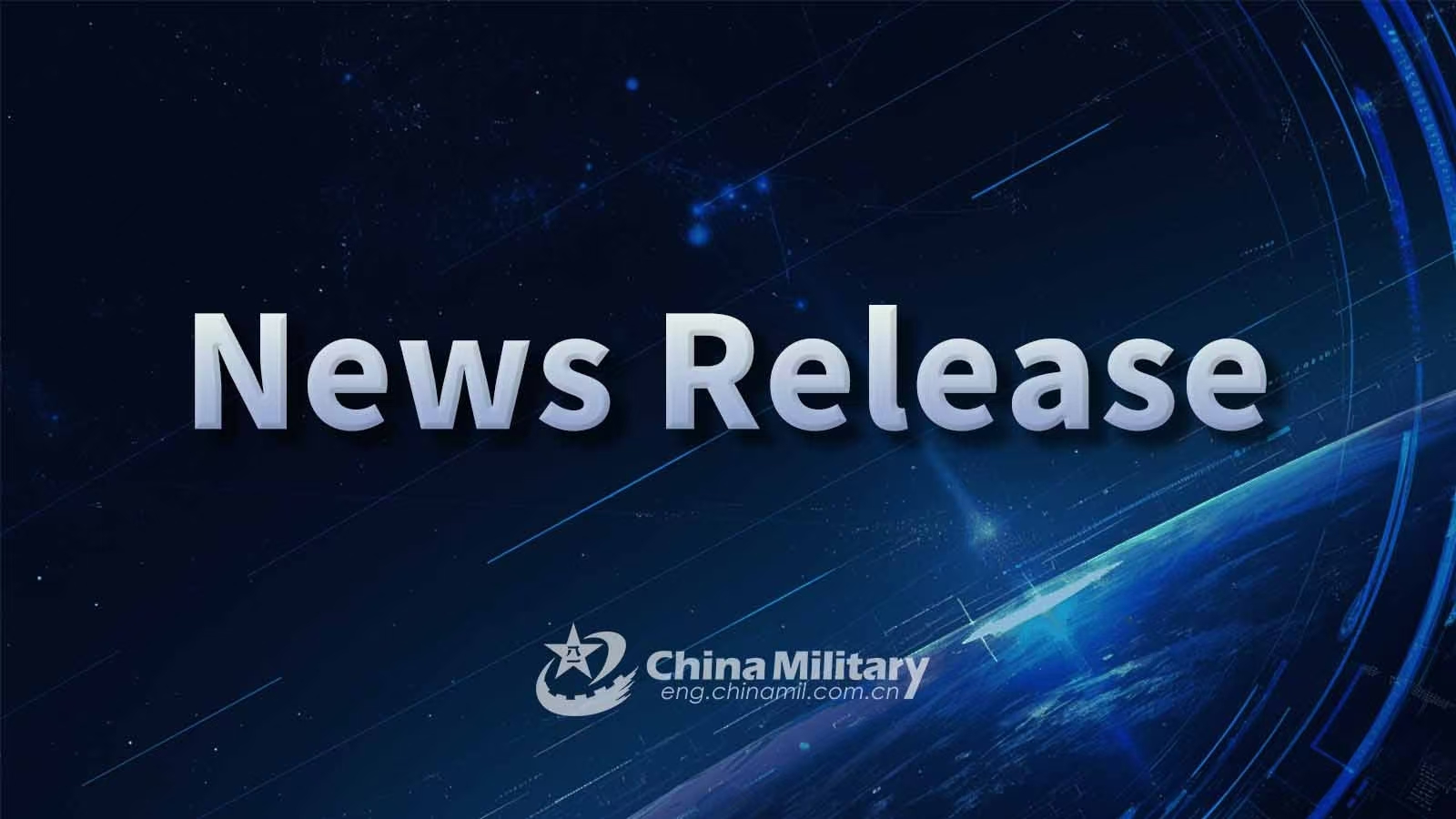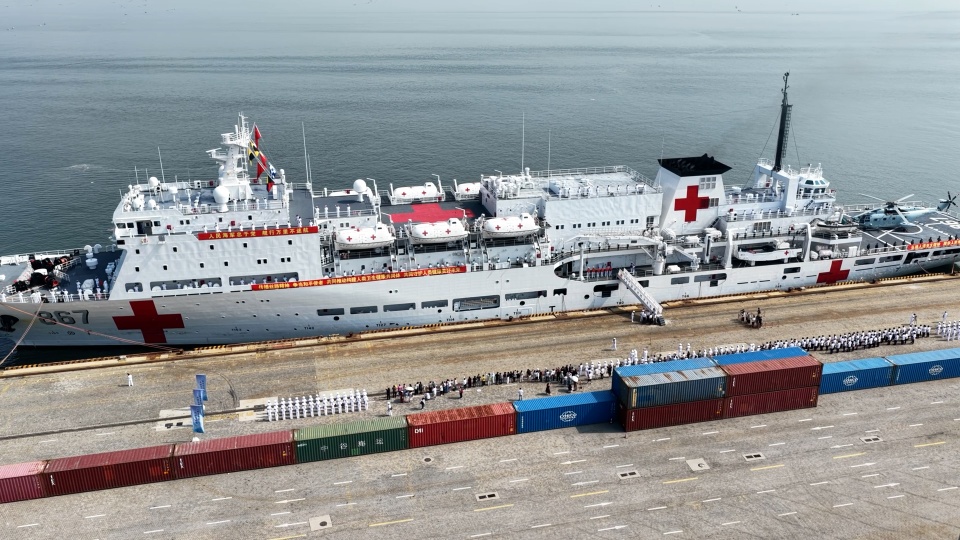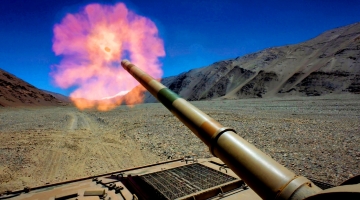By Guo Xiaobing
Some American media recently reported that Asia has come to a period of massive arms race that’s never seen before, which is at risk of getting out of control as the region is splitting into two major blocs – the US-Japan-ROK bloc and the China-Russia-DPRK bloc. Well, it was half right on the issue of bloc formation and aggravated confrontation in Asia – that the US is indeed up to something big.
For starters, the US is trying to revamp the hub-and-spoke alliance system in the Asia Pacific into a networked architecture with the aim of creating a mini version of NATO in the region. The US-Japan-ROK alliance is just one of the many micro multilateral systems it is operating. The Nuclear Posture Review issued by Washington last year suggested forming the trilateral (US, Japan, ROK) or quadrilateral (plus Australia) extended deterrence consultation mechanism and establishing multilateral nuclear protection in the Asia Pacific following the NATO pattern. Taking this opportunity, Japan has overhauled its defense policy and planned to significantly increase the military budget and develop missiles and other non-nuclear strategic aggressive capabilities, aiming to substantially break away from the exclusively defense-oriented strategy. However, hindered by the historical conflicts and divergence of interests between Japan and the ROK, the trilateral mechanism isn’t likely to function as the new US-led pillar of Asian Pacific security architecture just yet.
It’s the other two mechanisms that the US has pinned its hopes on. One is the Quadrilateral Security Dialogue (Quad) that geographically surrounds East Asia. The other is the AUKUS, whereby the three Anglo-Saxon countries are more daring to try the “red line” by sharing and collaborating in sophisticated military technologies, as Washington and London plan to help Canberra build nuclear submarines while intensifying cooperation in such areas as hypersonic weapons, electronic warfare, cyberspace, AI, and quantum technology. Moreover, America’s National Defense Authorization Act for the Fiscal Year of 2023 granted a US$10 billion military aid for Taiwan island and vowed to build a regional response depot there, showing an undisguised intention to continue curbing China with Taiwan within the Asian Pacific security system.
At the same time, Washington is working hard to expand NATO to the Asia Pacific by doing two things. One, it brought its Asian Pacific allies into NATO’s coordination mechanism. Last year, NATO invited Japan, ROK, Australia and New Zealand to participate in the Madrid Summit to discuss the so-called Europe-Asian coordination. Two, it convinced NATO’s European members, such as Britain, France and Germany, to dispatch troops to the Asia Pacific, where its members may become more active if NATO feels less pressure from the Ukraine crisis in the future.
The latest issue of American magazine Foreign Affairs published an article titled “The Roots of Washington’s Addiction to Military Force”, which pointed out that after the Cold War and especially following the 9/11 attacks, America’s adversaries are provoking it less frequently, and yet Washington is intervening with armed forces more than ever, so much so that more than half of the world’s population now views it as a threat. One of the reasons why the US is so bellicose is its tremendous military superiority over other countries. Will it be able to control the impulse to resort to force if such superiority had been bolstered by a more powerful alliance system in the Asia Pacific? If not, will the region, like the Middle East and East Europe in the past, fall from a locomotive of world economic development to pandemonium burning in the flames of war?
Even American scholars are worried that the US may not be able to contain itself. All countries, including China, that uphold and pursue peaceful development will play their due part and remind the US that Asia Pacific is no place for it to run amuck. Meanwhile, the US must do some serious self-reflection and ask itself why it failed to form the so-called “Southeast Asian Treaty Organization” against China, and why it couldn’t win the Korean War or the Vietnam War. More importantly, it should get its head around the idea that sovereign equality and mutual respect must also be upheld in preventing a crisis or conflict.
(The author is the director of the Center for Arms Control Studies, China Institutes of Contemporary International Relations)
Editor's note: Originally published on huanqiu.com, this article is translated from Chinese into English and edited by the China Military Online. The information and opinions in this article do not necessarily reflect the views of eng.chinamil.com.cn.





